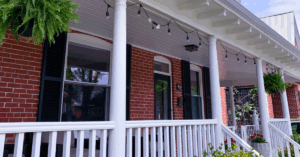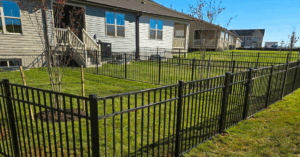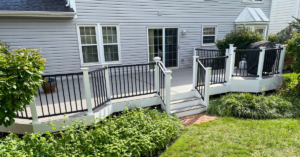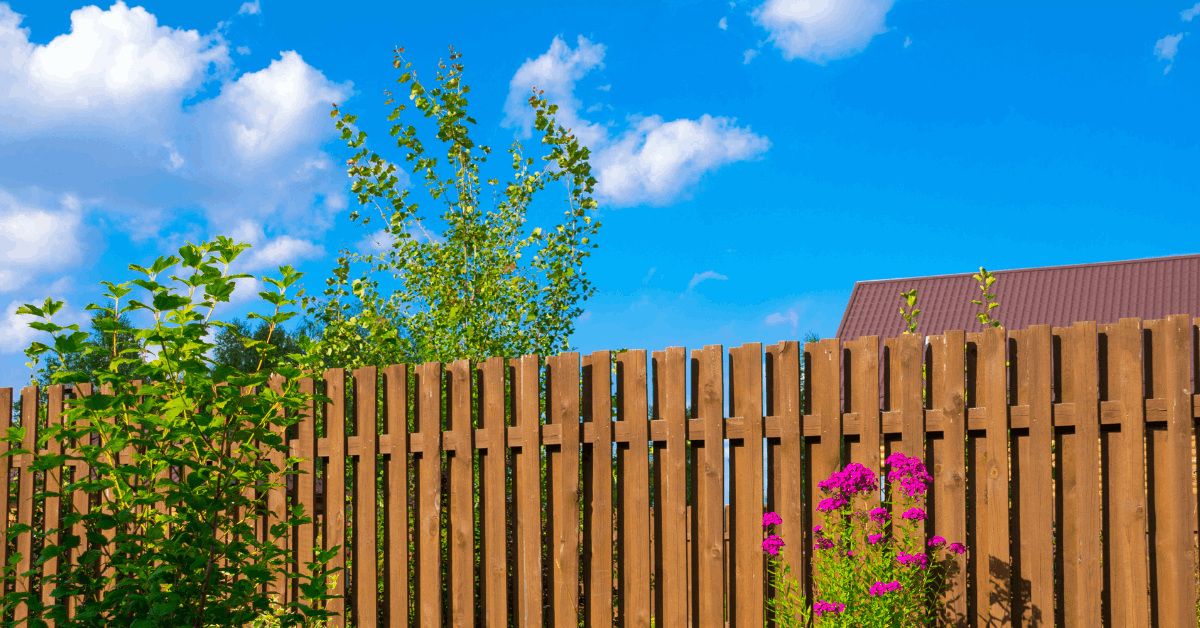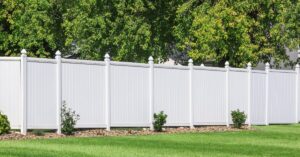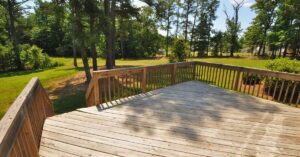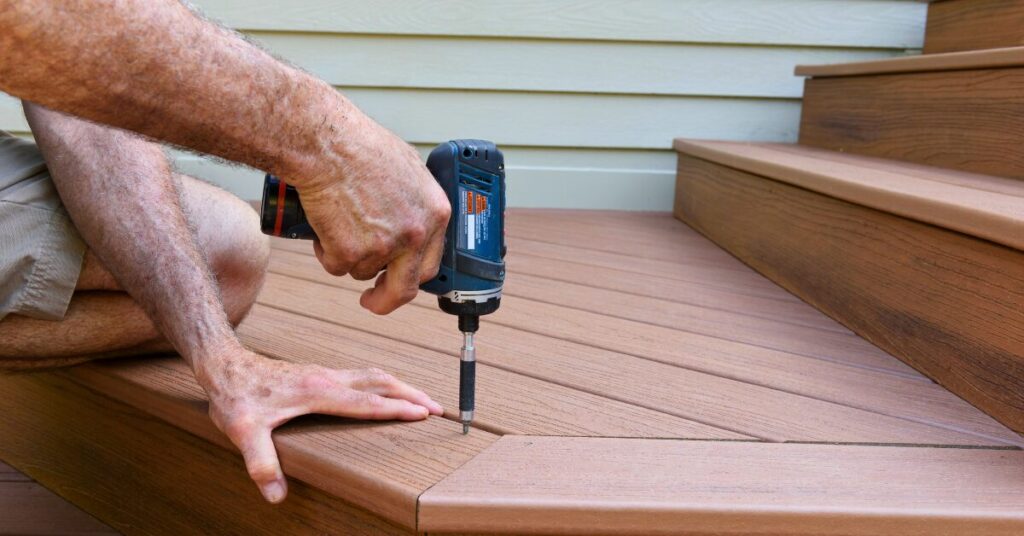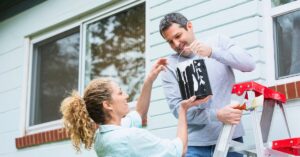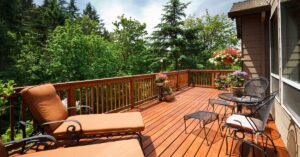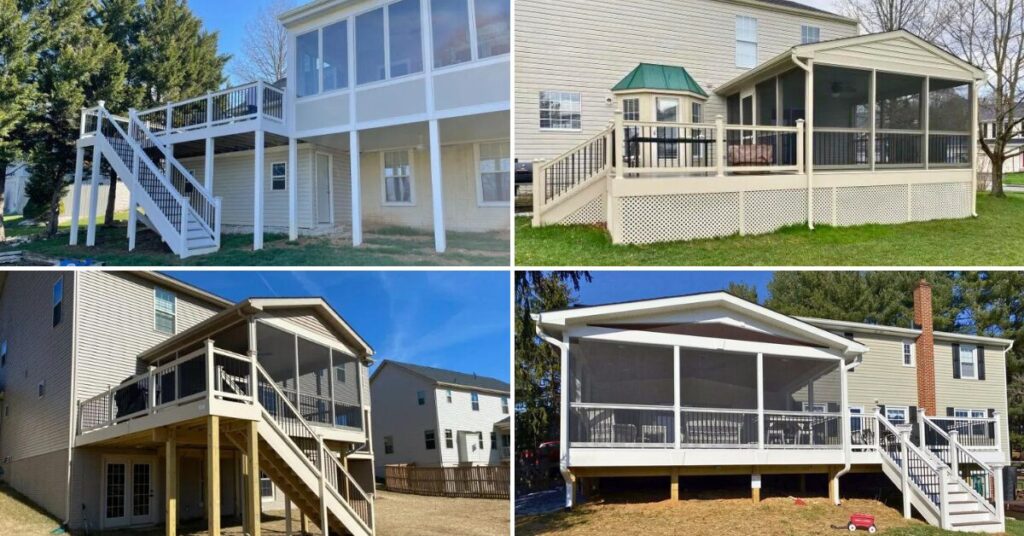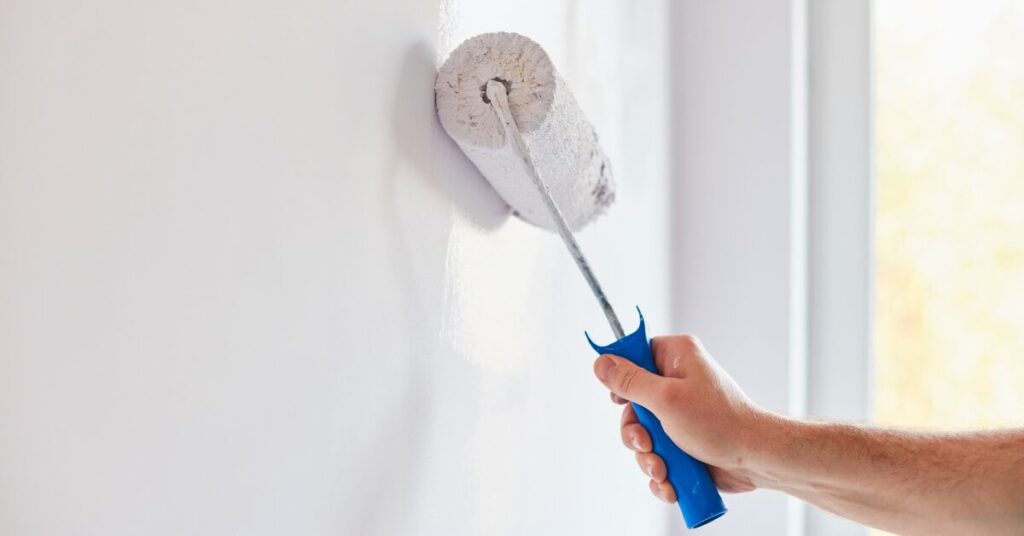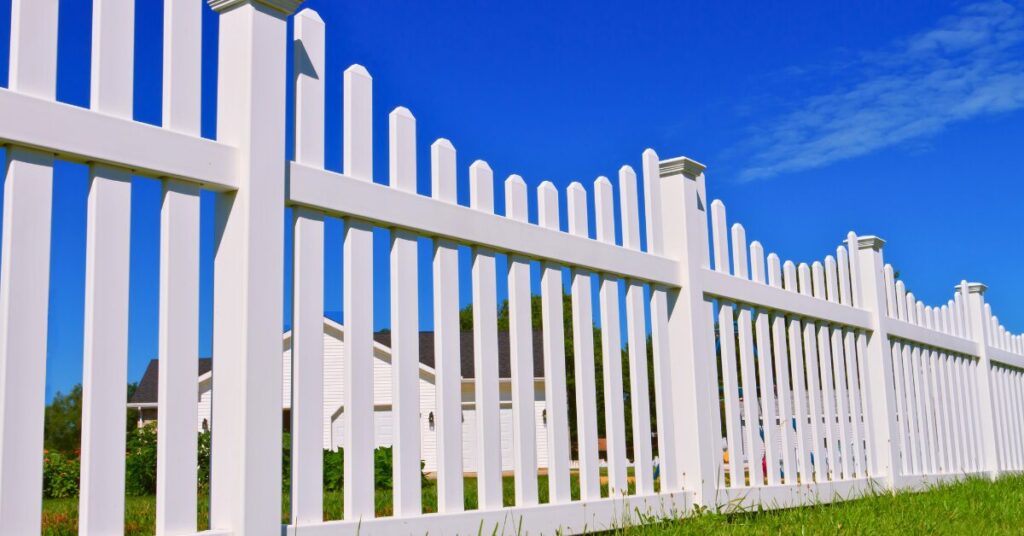
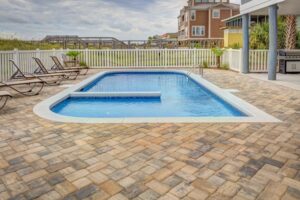 Here are some of the regulations you’ll need to follow with any pool fence you build.
Here are some of the regulations you’ll need to follow with any pool fence you build.Summer is fast approaching, and for those who have pools, it’s undeniable how much joy they can bring to the summer season. Pools make for a wonderful way to unwind and relax on a hot summer day. You can lounge on your own or bring others over to have fun pool parties. There are some factors to consider when you have a pool, though, and one of those factors is what kind of fence to have for it.
Any pool fence you build will have to follow certain guidelines set in place by your local and state governments. Here are some of the regulations you’ll need to follow with any pool fence you build.
Consider the Height of Your Pool Fence
The safest thing to do is have a pool fence that’s at least five feet in height. Your vertical clearance between the fence’s bottom and its surface needs to be no more than four inches. If you have a surface that isn’t solid, such as pebbles or grass, you should cut that distance in half. If you have a removable mesh fence, only one inch of distance is needed.
Think About Your Rails
A pool fence will include either vertical rails, horizontal rails, or a mixture of both. They are meant to minimize openings in the fence so that people don’t get in or out. You shouldn’t have any opening in your fence that would allow a sphere with a four-inch diameter to pass through it. For fences with both vertical and horizontal rails, you’ll want the horizontal rails on the poolside of the fence if your top and bottom horizontal rails have no more than 45 inches between them. For vertical rails, there shouldn’t be any more than 1 and ¾ inches of spacing between each one.
Advice on Pool Gates
When you have a pool fence with a pool gate included, that gate needs to have some sort of locking mechanism. You’ll want the gates to open away from your pool, and the gates should close on their own.
It’s also important to have some sort of self-latching mechanism in place. If this mechanism is within 54 inches of your gate’s bottom, you’ll want it on your fence’s poolside. In this scenario, the latch should be a minimum of three inches underneath your gate’s top. Both your pool fence and gate shouldn’t have any openings that are more than half an inch if they are inside of 18 inches of your release mechanism.
Contact Albaugh & Sons
Since 2003, Albaugh & Sons, LLC has been dedicated to meeting the fencing, decking, and home remodeling needs of homeowners throughout the greater Frederick area. All of our team members are experienced, well-trained, and committed to exceeding the expectations of every customer.
Visit our website here, and follow us on Facebook, Twitter, Pinterest, and YouTube.

Customer Testimonials
We could talk all day about the happy homeowners we’ve provided renovations for, but the real measure of merit lies in customer reviews. See what people are saying about Albaugh & Sons.

